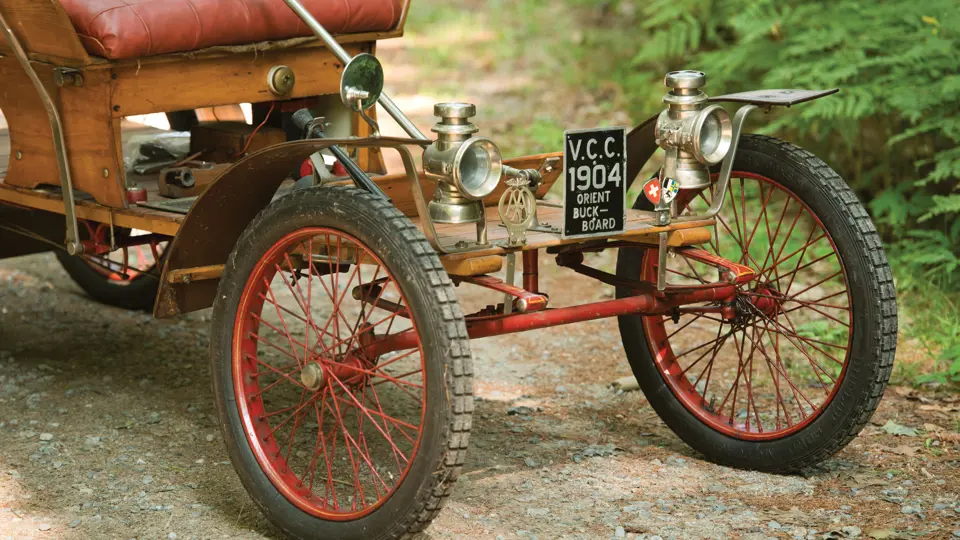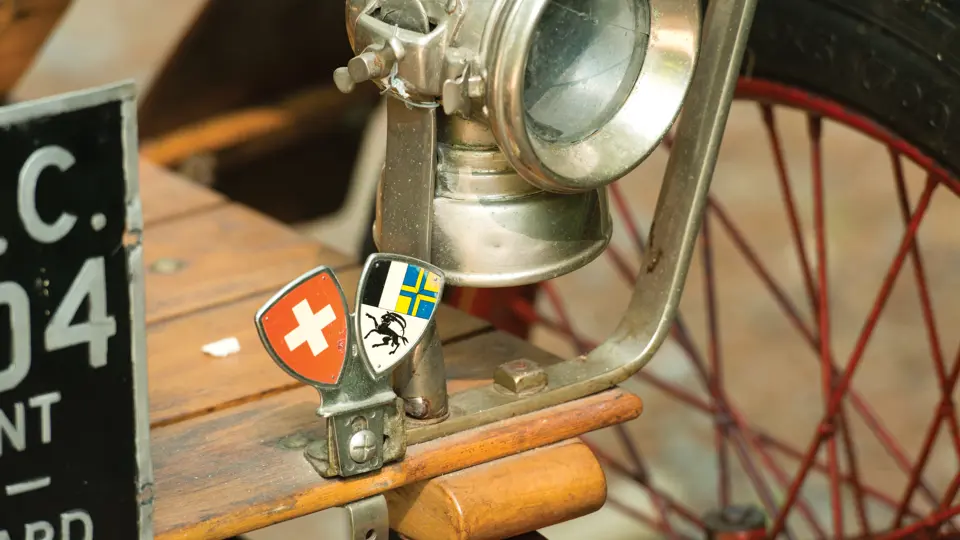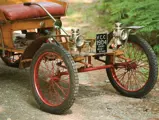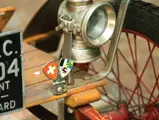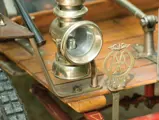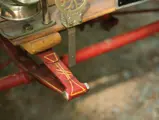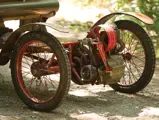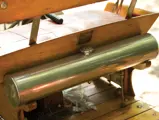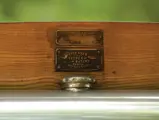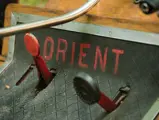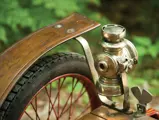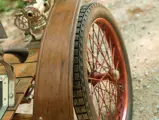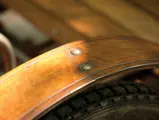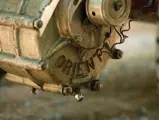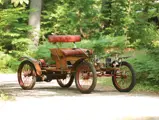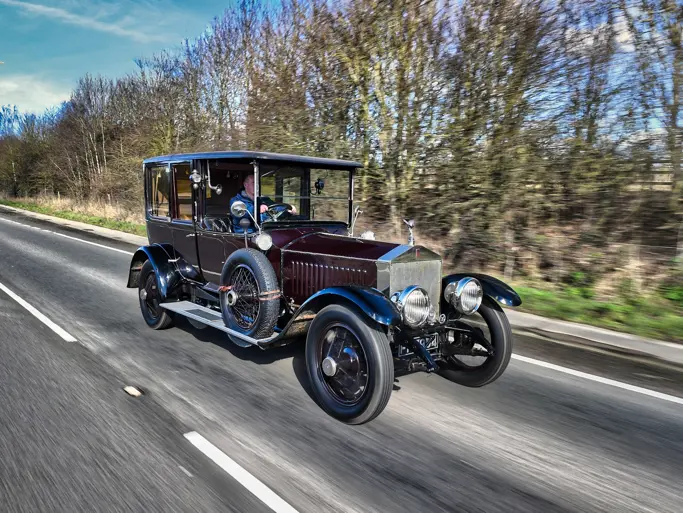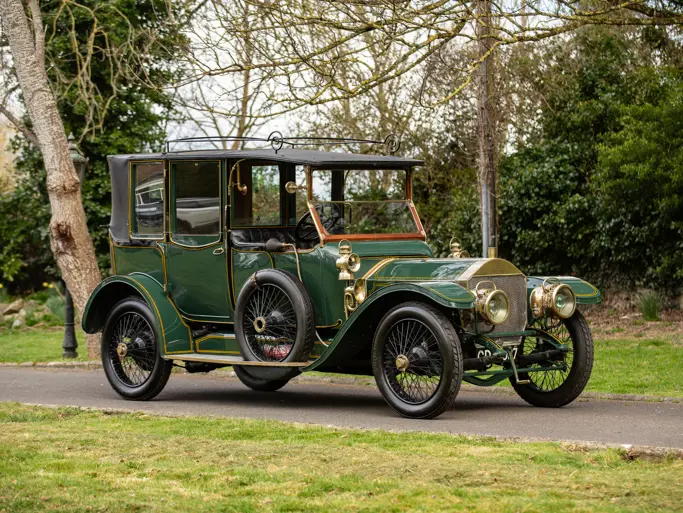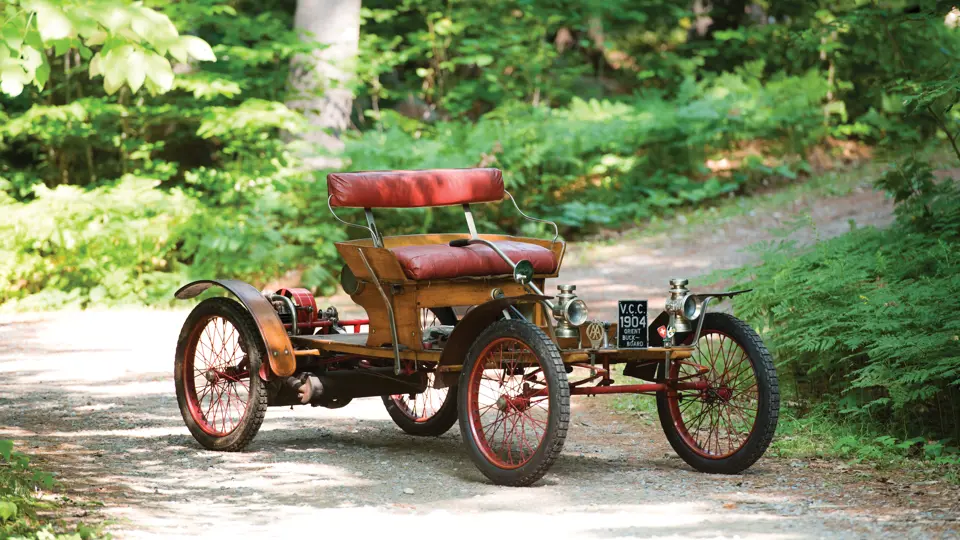
1904 Orient Buckboard
{{lr.item.text}}
$30,250 USD | Sold
Offered from the collection of John Moir
{{bidding.lot.reserveStatusFormatted}}
- Offered from the collection of John Moir
- An enchanting American veteran automobile
- Largely original and well-preserved condition
- Eligible for the London to Brighton Veteran Car Run
4 bhp, 35.3 cu. in. air-cooled single-cylinder engine, two-speed planetary transmission, front and rear leaf-spring suspension, and cable-operated rear-wheel mechanical brakes. Wheelbase: 80 in.
“The cheapest automobile in the world. Everybody should have one.” So read the advertisements for the Orient Buckboard, which was manufactured by the Waltham Manufacturing Company, of Waltham, Massachusetts. The company had been originally organized to build bicycles by Charles Metz, who in 1899 arranged with De Dion-Bouton et Cie to sell their powered tricycles and quadricycles in the United States. He also built some of his own trikes and quads with Aster or de Dion engines.
By 1902, Waltham was building its own engines, and it soon came out with an eight-horsepower runabout that sold for $875. The Buckboard, taking the bicycle’s name of Orient and being developed under the leadership of Leonard Gaylor, featured a remarkably simple steel chassis with no meaningful suspension, a natural wood-finish body and fenders, and wire wheels, which were powered along the road by an air-cooled, single-cylinder engine. It was, indeed, one of the least expensive automobiles available anywhere, and it was the very embodiment of a horseless carriage.
John Moir’s Orient Buckboard was acquired for the collection in the United Kingdom, where it had reportedly participated in the London to Brighton Veteran Car Run. It has been officially dated as a 1904 by the Veteran Car Club, as noted by the plaque mounted on its floorboard, thus qualifying it for future runs. The wooden bodywork appears original, while the upholstery on the seat was replaced many years ago. The car would respond well to a thorough cleaning, and sorting it for continued road use, given the simplicity of its components, should be a simple effort. It is offered with a copy of an instruction book for the model, as well as an original sales brochure.
This is a charming example from an era in which American automakers were trying every new idea. It is simple, effective, and a lot of fun to own.




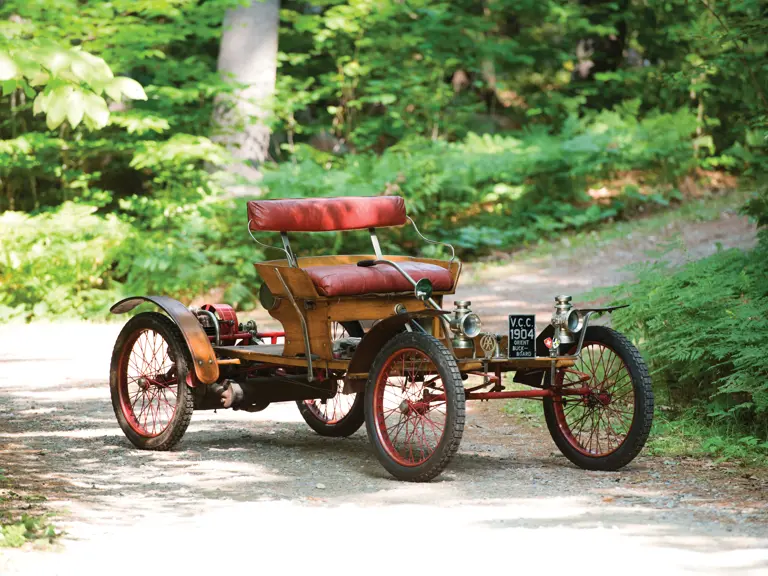
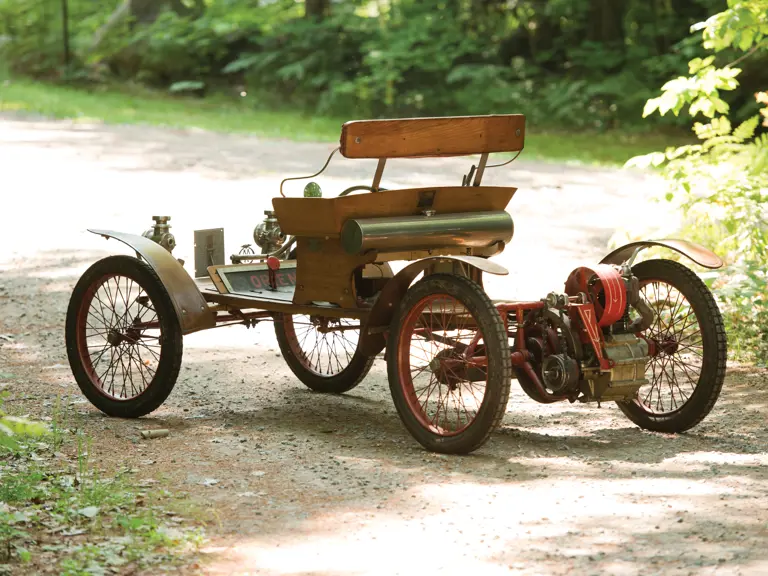
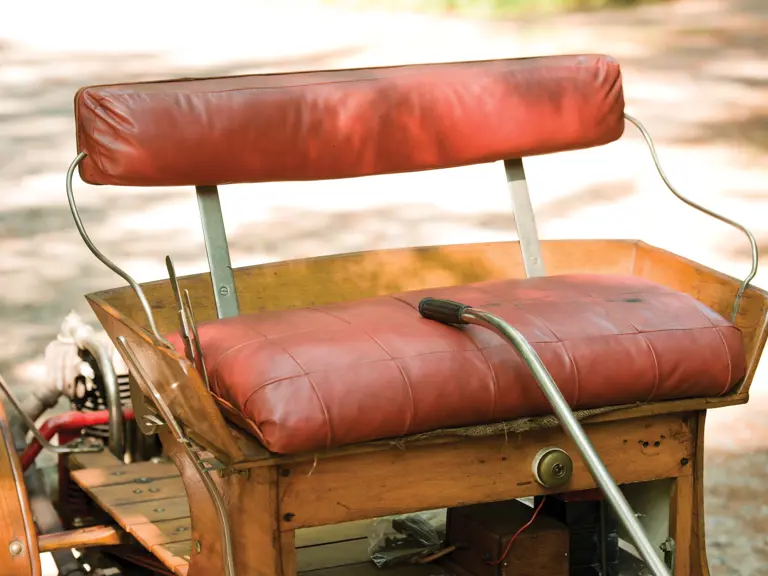
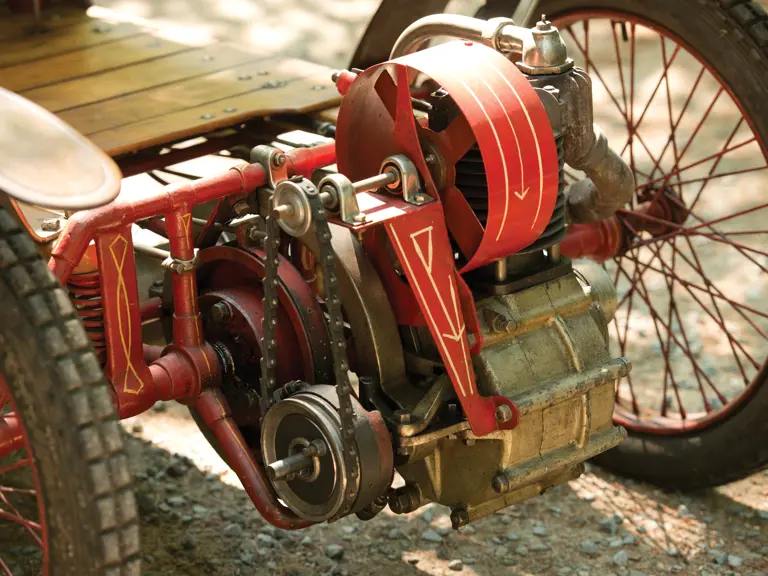
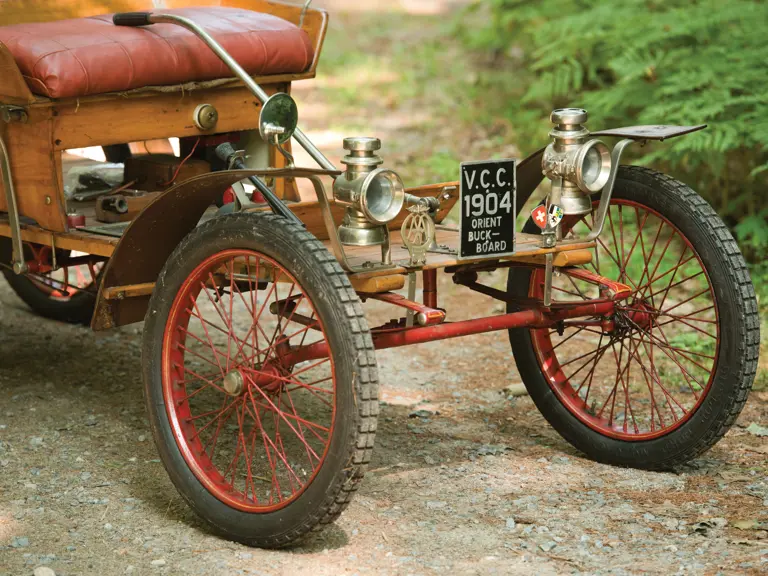
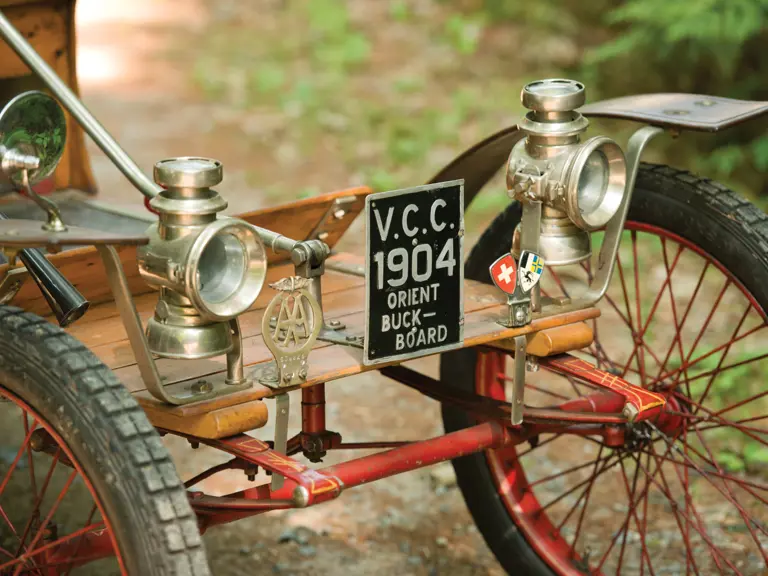
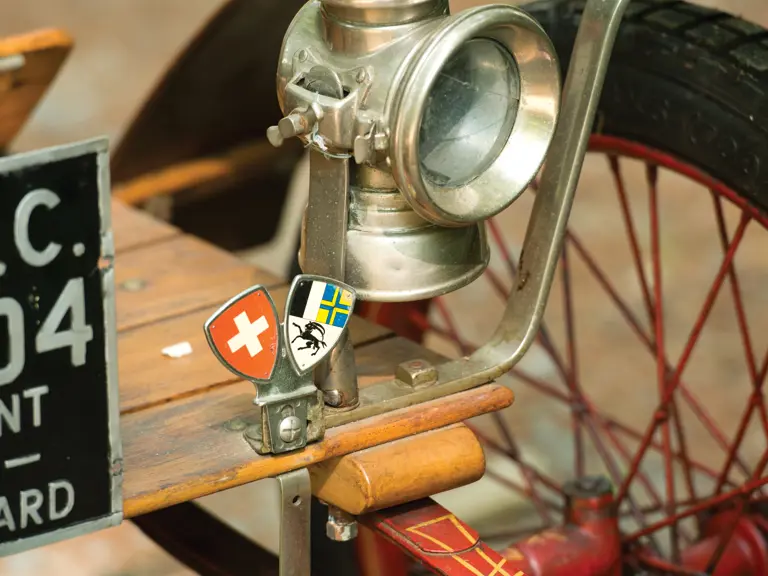

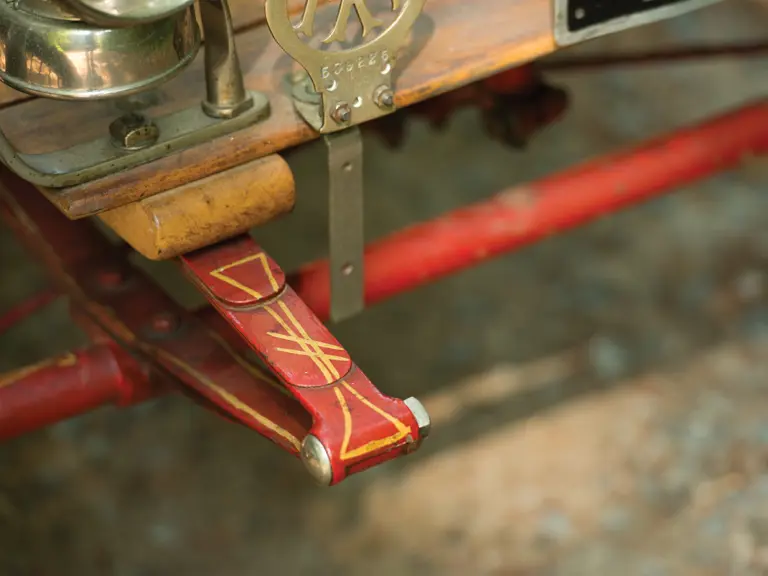
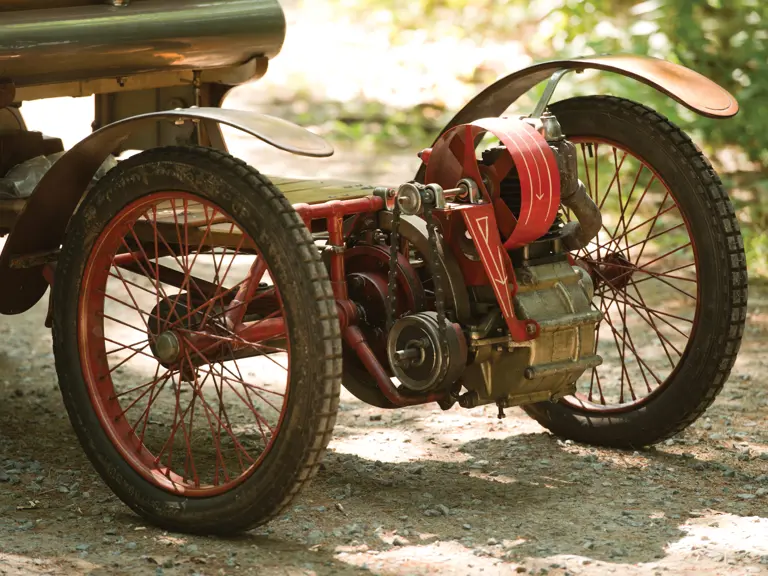
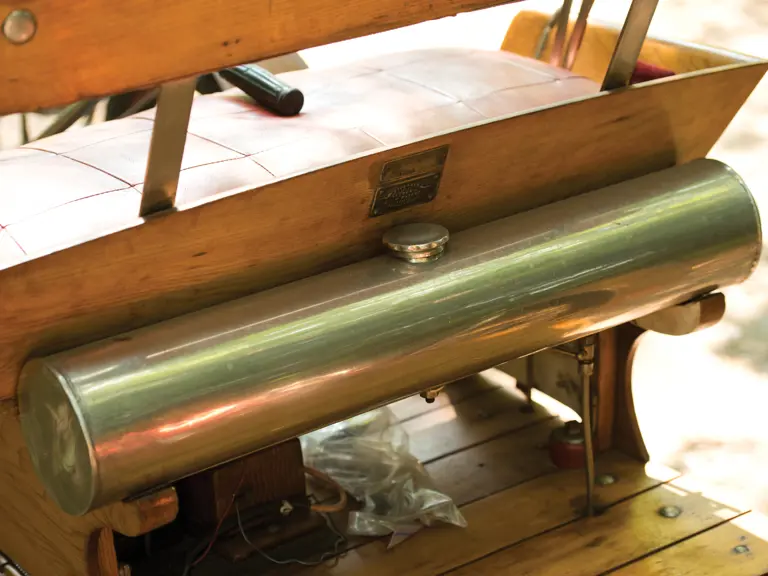
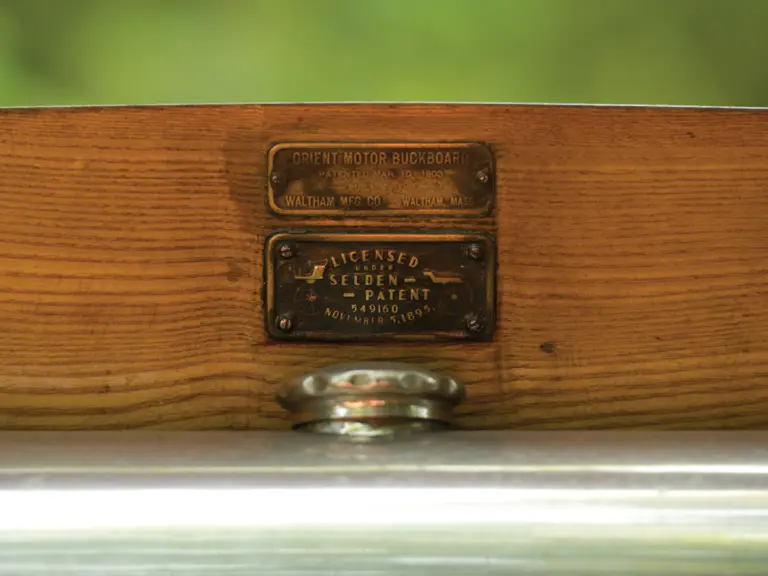
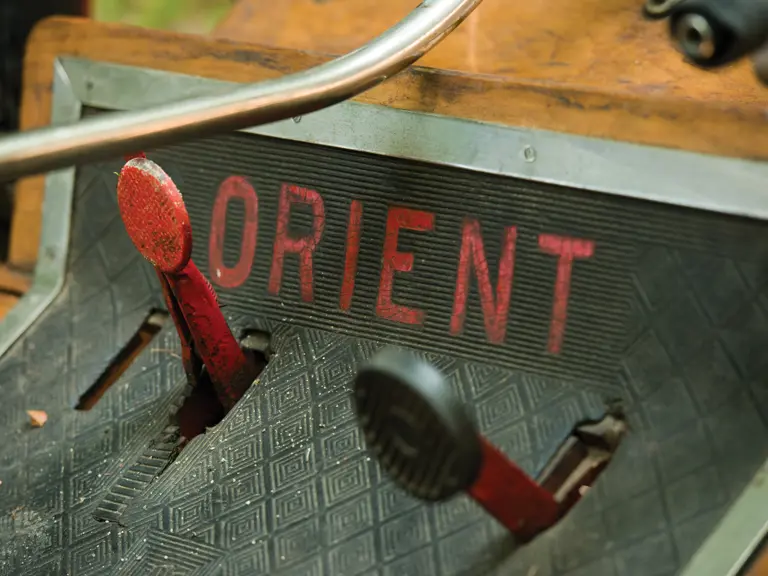
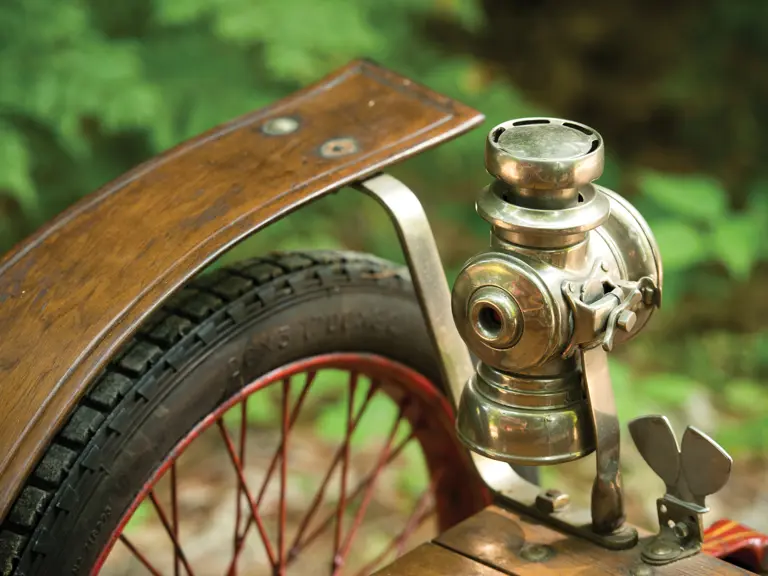
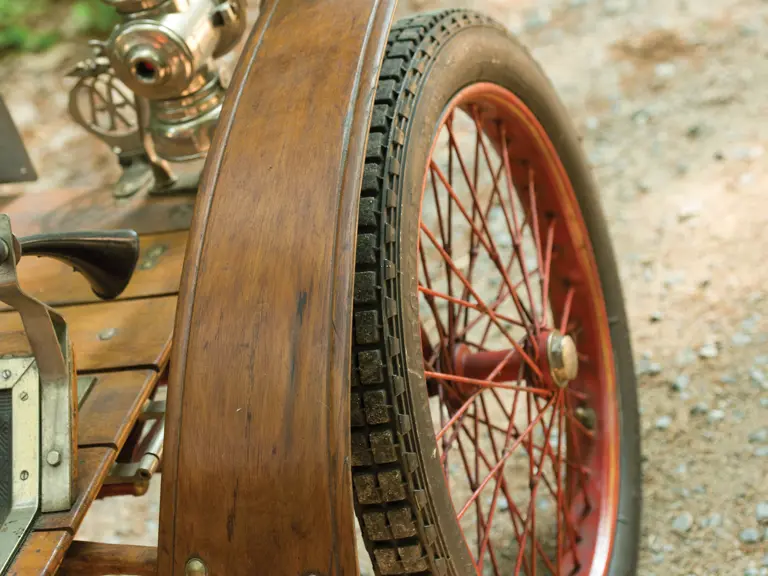
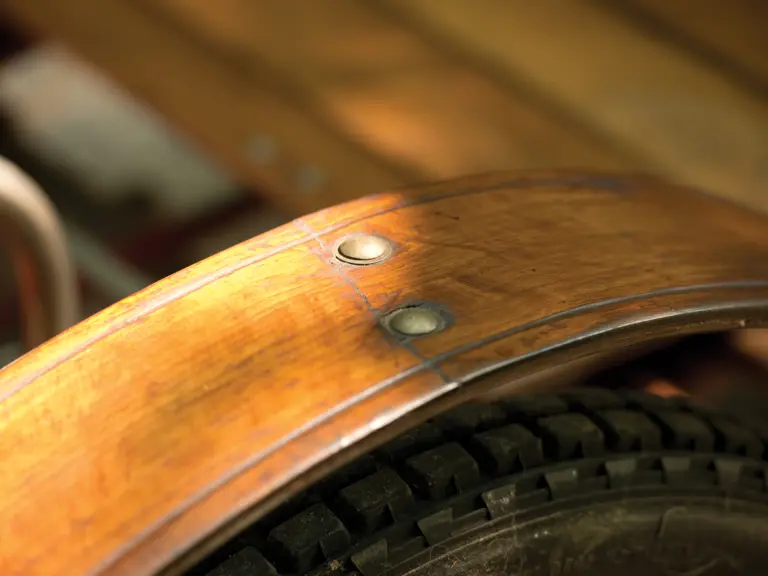

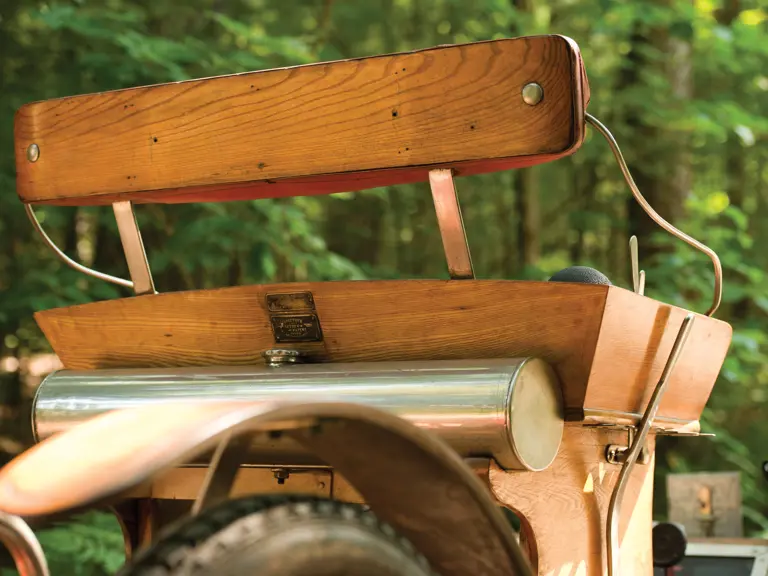

 | Hershey, Pennsylvania
| Hershey, Pennsylvania
